
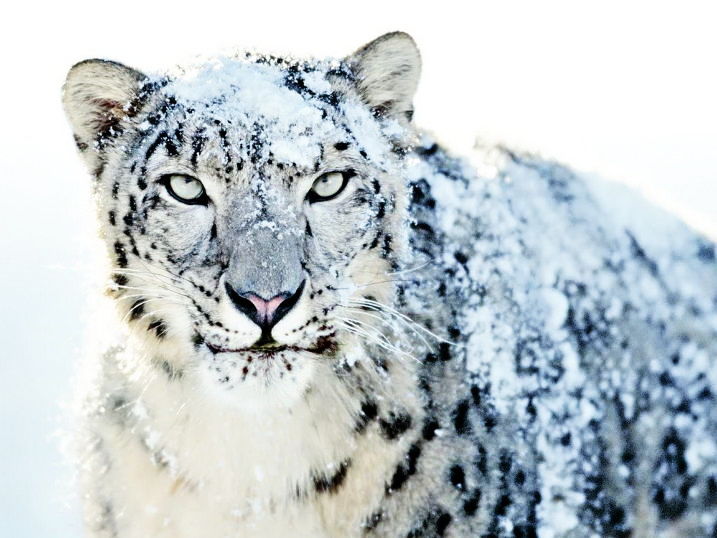
1. Body
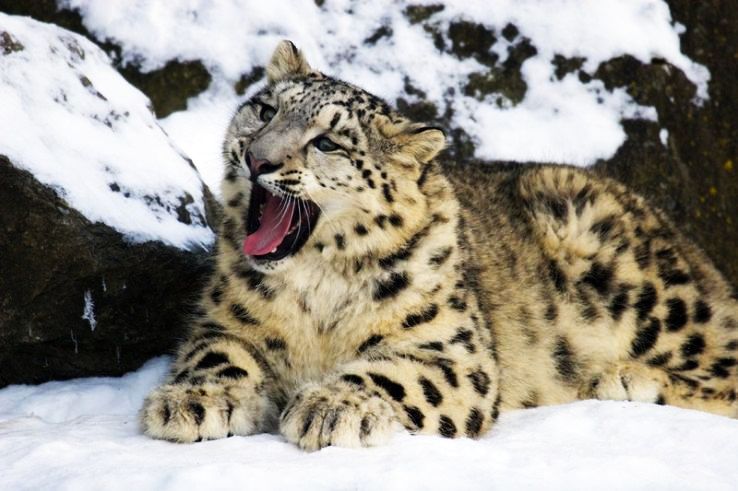
They are insulated by thick hair, and their wide, fur-covered feet act as natural snowshoes. Snow leopards have powerful legs and are tremendous leapers, able to jump as far as 50 feet 15 meters. They use their long tails some times 80% of their body length for balance and as blankets to insulate sensitive body parts against the severe mountain chill. Like all cats, they are territorial and sneak up on their prey. Typical targets are the blue sheep, Ibex, etc. Though if the opportunity arises, the leopard goes after the wooly hares, birds, marmots, domestic goats etc. They prefer steep, rugged terrains with rocky outcrops and ravines. This type of habitat provides excellent camouflage; good cover and clear view to help them sneak up on their prey. During winters they come down in search of food and prowl around areas near Hemis national park.
2. Best Time to Trail
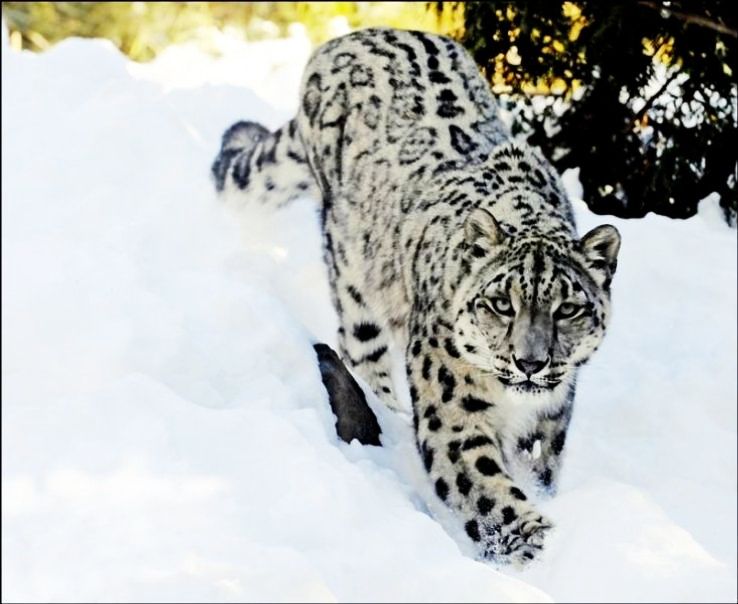
The best time to go for a snow leopard trail is during the months of October to March as during these months snow leopards come to lower altitude of around 3,000-4,000 meters from remote high altitude areas. Besides the elusive snow leopards, the trekkers can also enjoy watching rare and exotic birds and animals such as Nyan, Himalayan blue sheep or Bharal, Shapo, Asiatic ibex, Red Fox, Tibetan Wolf, Lynx, Pallas Cat, Golden Eagle, Lammergeier vulture, Himalayan Griffon vulture and many more.
3. Pray on
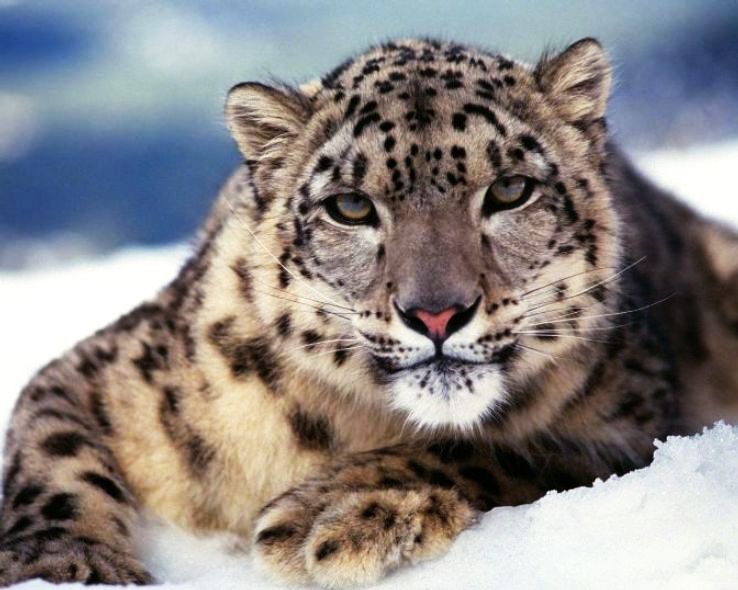
The local mountain goat, known as the ibex is a stunning woolly creature that can weigh up to 200 pounds. Their colour ranges from pale to dark brown and they have a darker dorsal stripe. The ibex has distinctive horns which curve backwards and are bigger on the males. The Eurasian lynx is a medium size cat that is reddish brown in colour with black spots. They have black tufts on top of their ears and a short bobbed tail. They prey on smaller animals than the leopard like rabbits, hares, foxes and deer. The Tibetan wolf varies in colour depending on the season and the part of their body. The back and tail are usually black and white, the chest, belly and inside legs are white ears are grey. Its legs are slightly shorter than the European wolf and it is one of the region's most prolific hunters.
4. Trekking

Leh is well connected by road with other parts of the country and state. There are regular flights for Leh from Jammu and New Delhi too. It is better to take one day rest after reaching Leh to acclimatize oneself with high altitude.
Usually the trekking starts after 3-4 days of sightseeing in and around Leh. After an early breakfast, trekkers go for Hemis National Park. Vehicles go till Phey Bridge. The hiking starts after that. The tourists hike along Indus River and reach Hemis National Park via Zingchen Gorge. If you have keen eyes then you can easily spot the magnificent animal around the nooks and crannies of the cliffs. After a day's hiking, tourists head for the camps and spend the evening by sitting beside the fire while sipping tea and sharing jungle folklore. The routine continue for a few days covering longer and tougher trails. The whole atmosphere of wilderness, sub zero temperature and Ladakhi hospitality put a lasting impression in every hiker's mind.
Book your Leh tour packages at best price with HelloTravel.com & get exciting deals on Leh vacation.
Recommended For You
-
 Best Places to Eat in Goa: Indulge in a Culinary Delight
Best Places to Eat in Goa: Indulge in a Culinary Delight
-
 The Future of Drone Tourism: How Drones are Changing the Travel Industry
The Future of Drone Tourism: How Drones are Changing the Travel Industry
-
 10 Reasons Why Diwali is Celebrated
10 Reasons Why Diwali is Celebrated
-
 Significance of Navratri and Durga Puja
Significance of Navratri and Durga Puja
-
 Why and How is Dussehra Celebrated All Over India?
Why and How is Dussehra Celebrated All Over India?
-
 Top 10 Drone and Aviation Training Institutes in India
Top 10 Drone and Aviation Training Institutes in India


















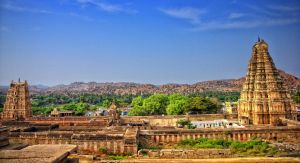
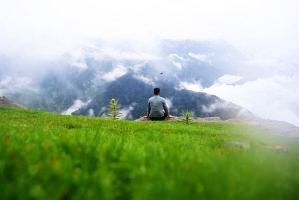


Author Bio